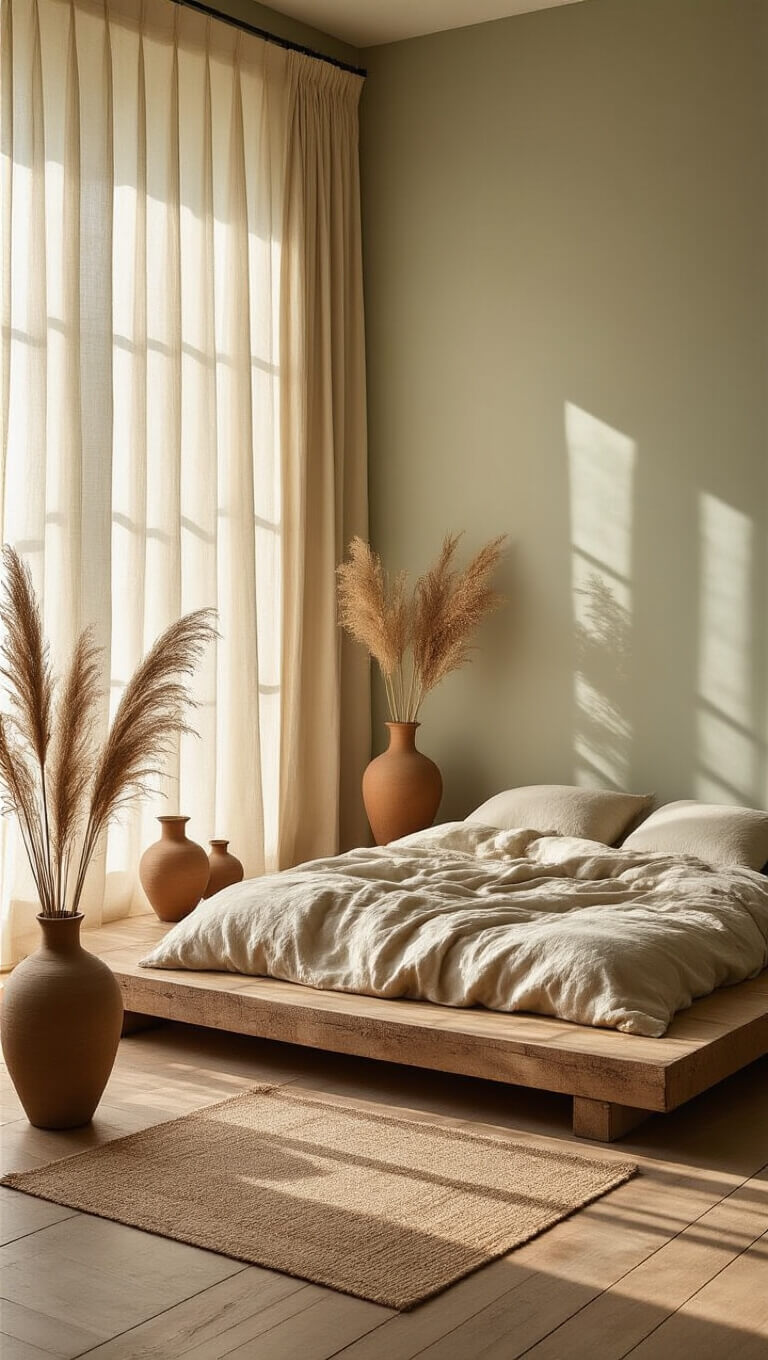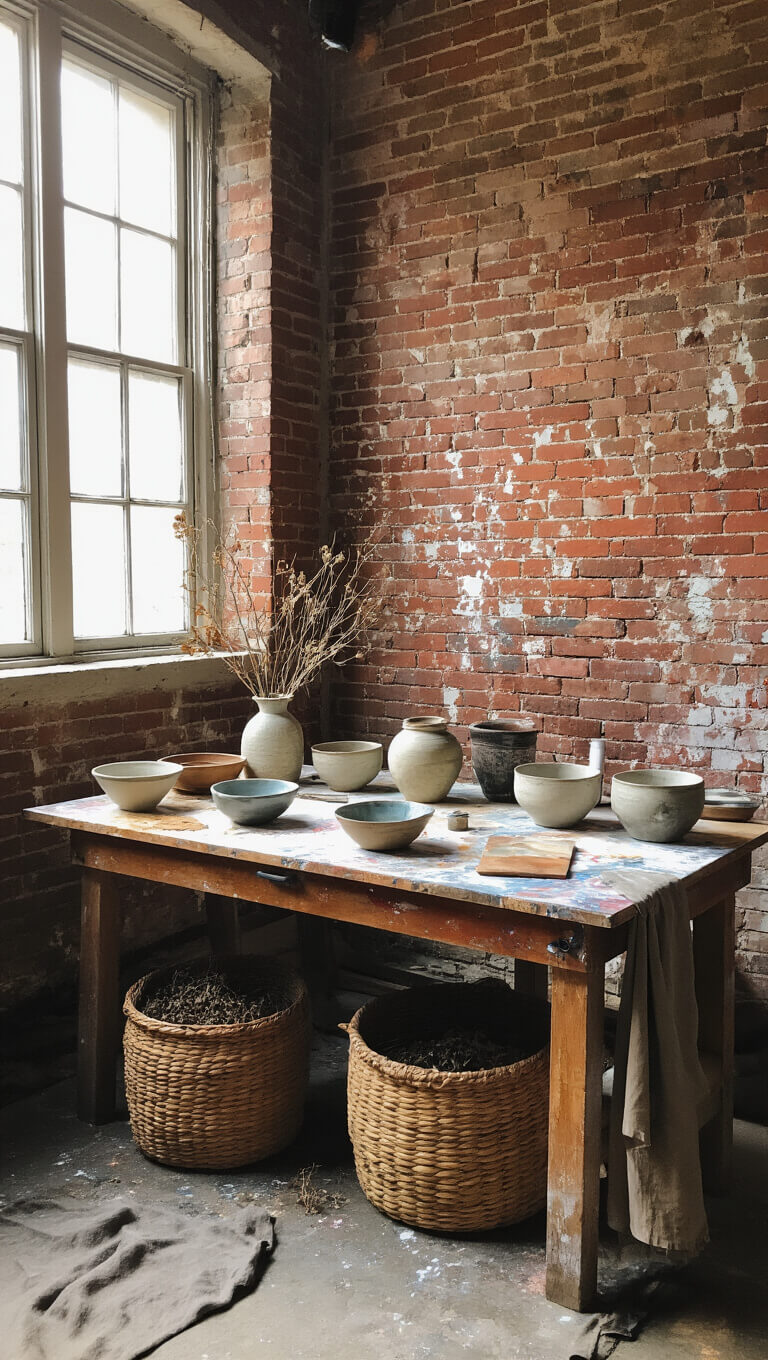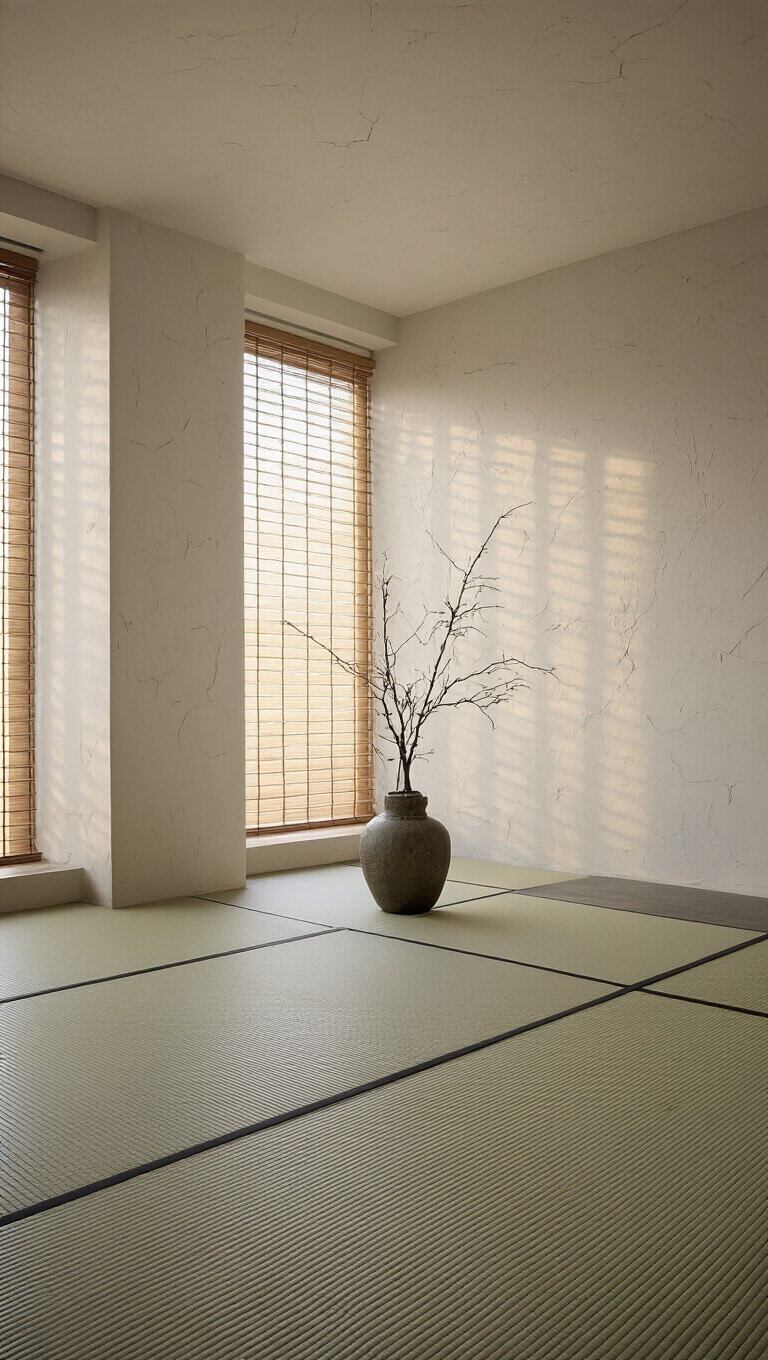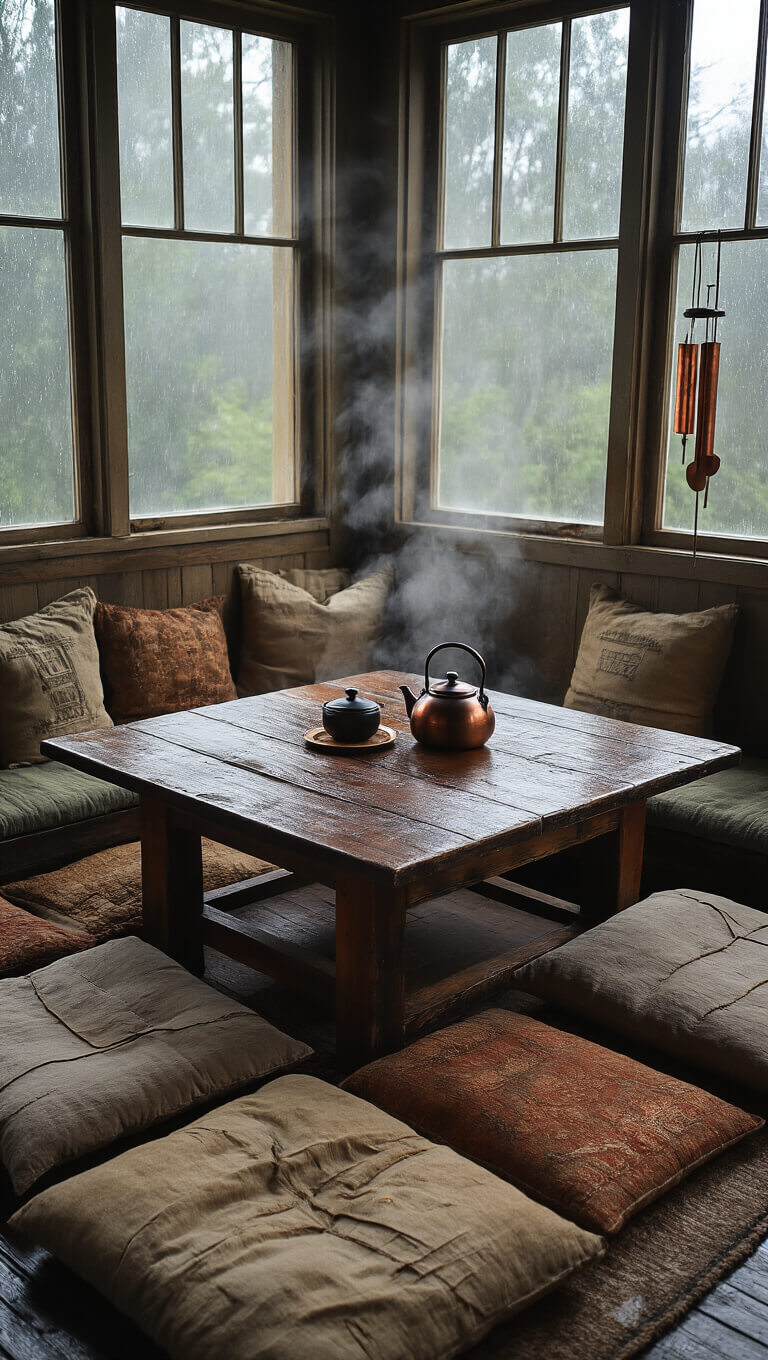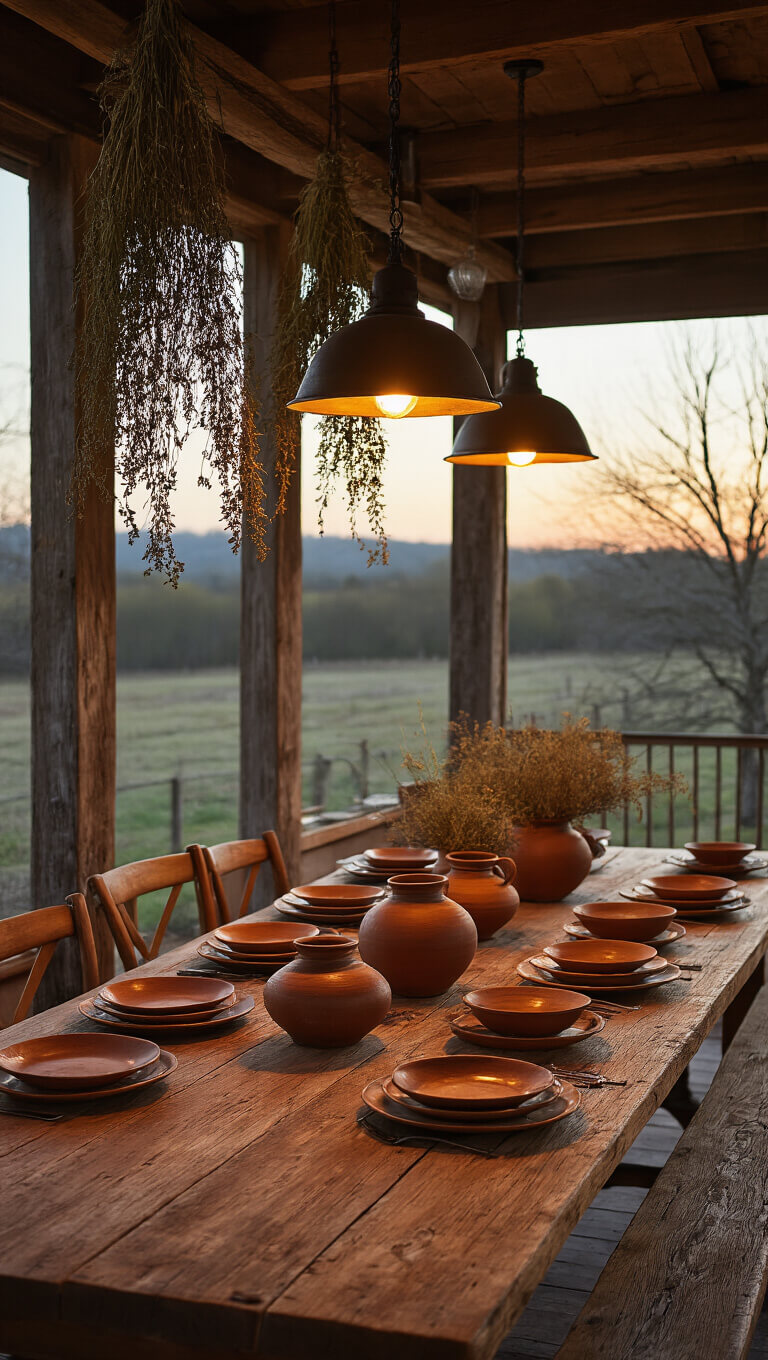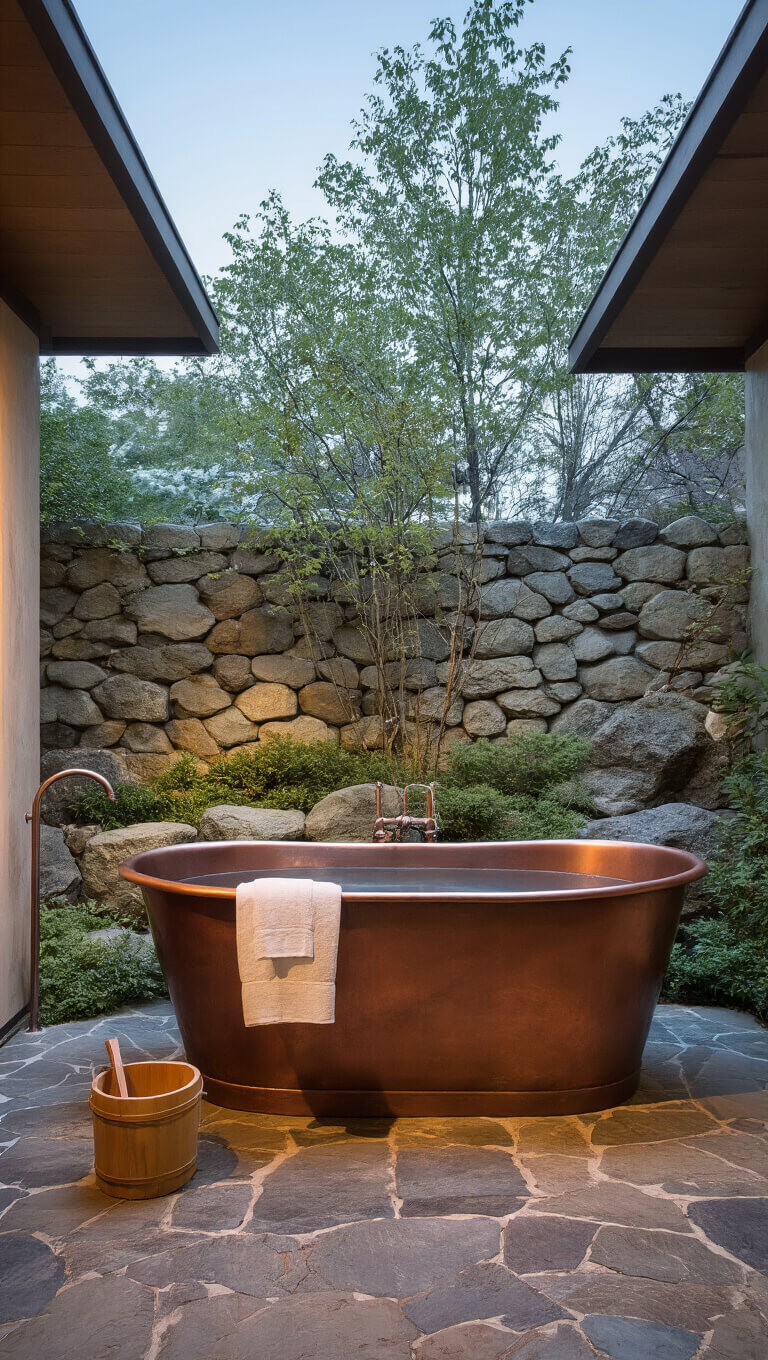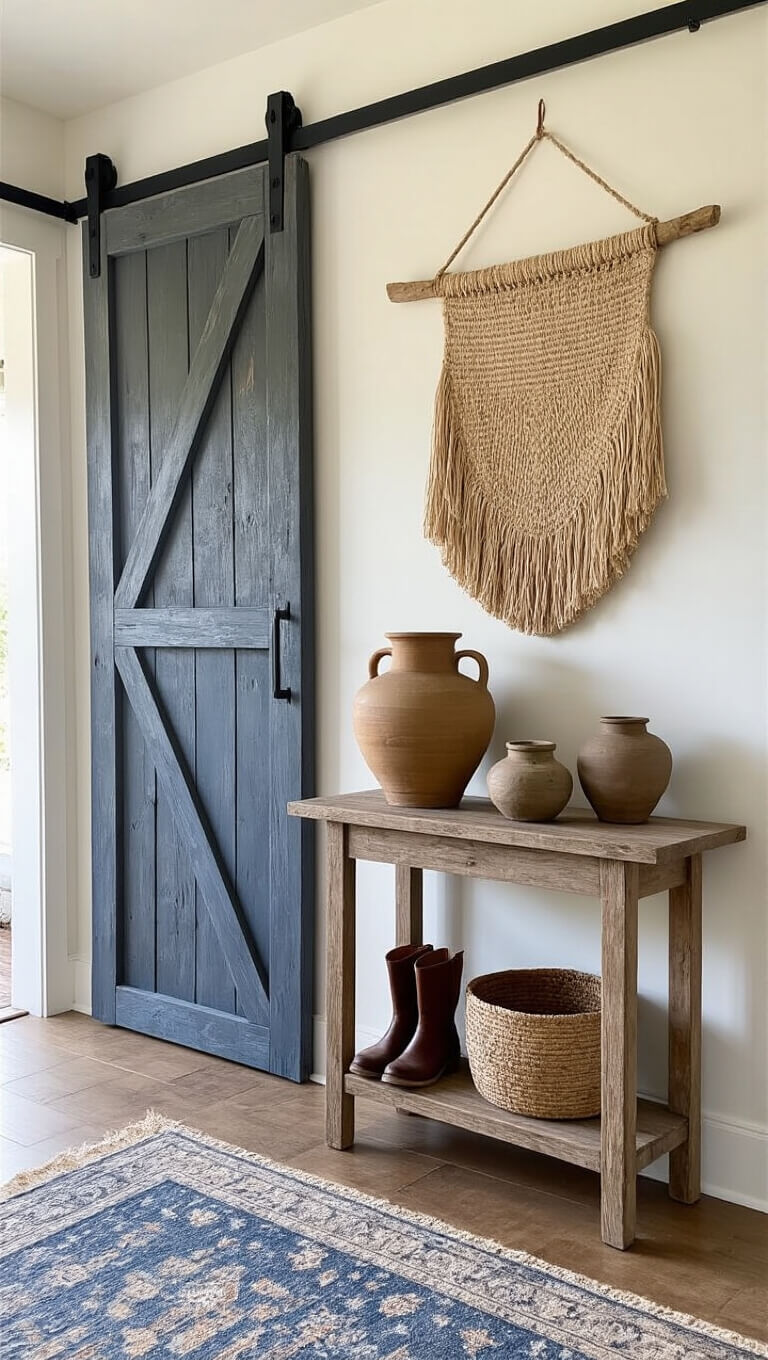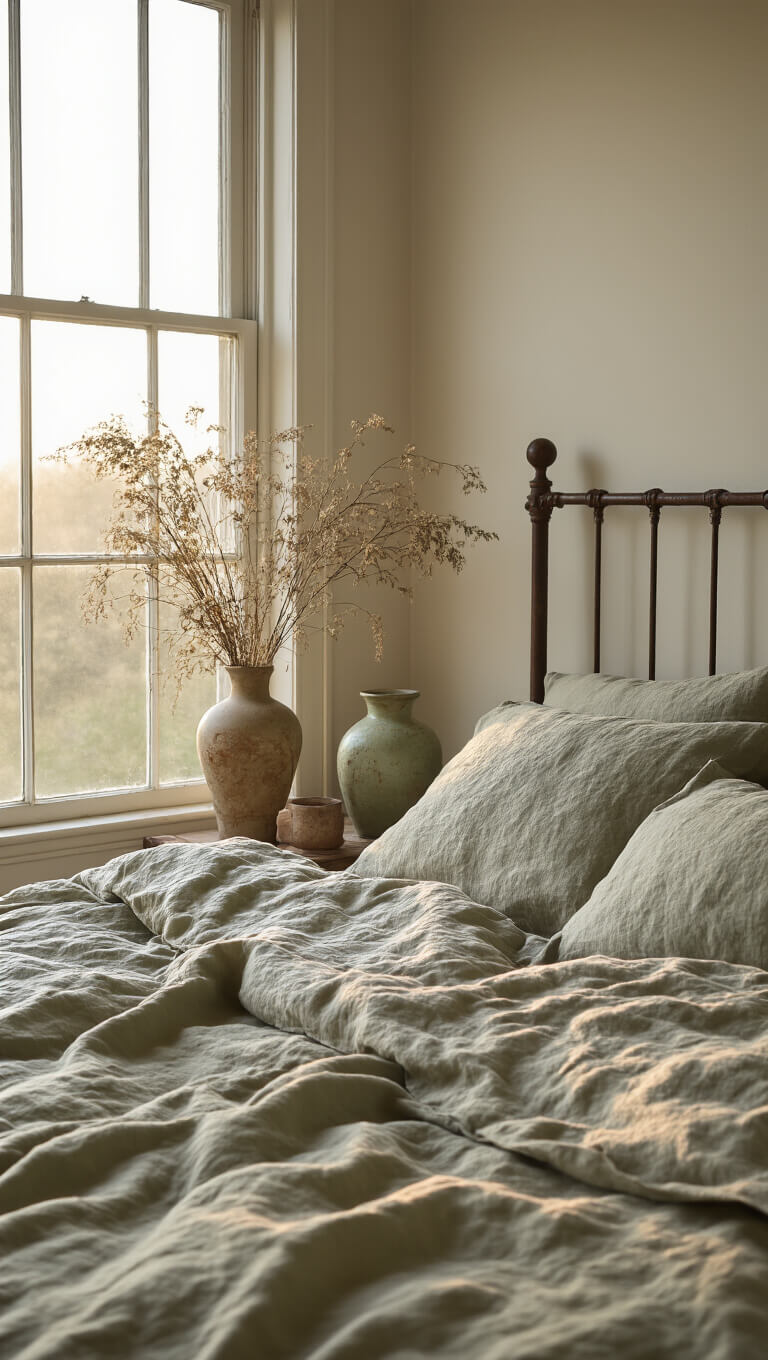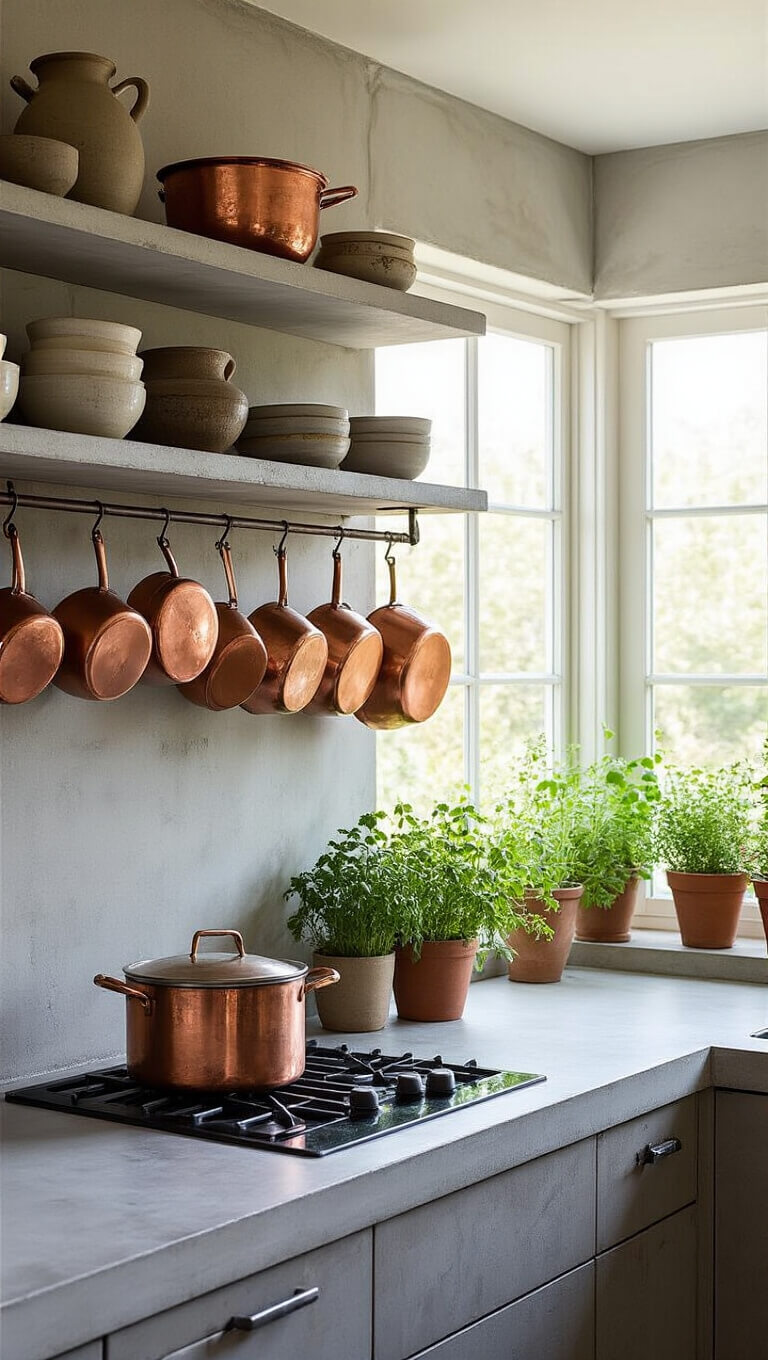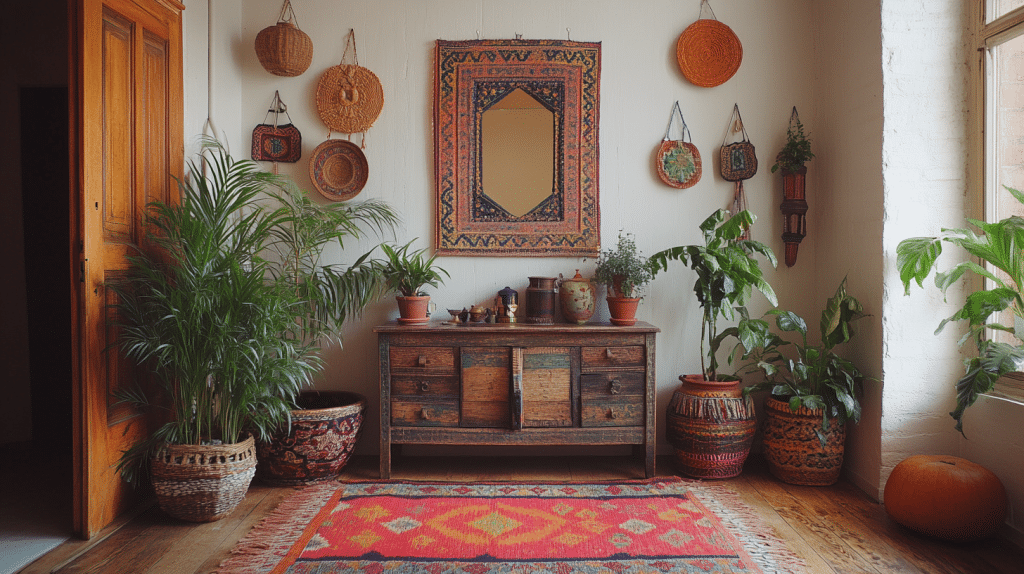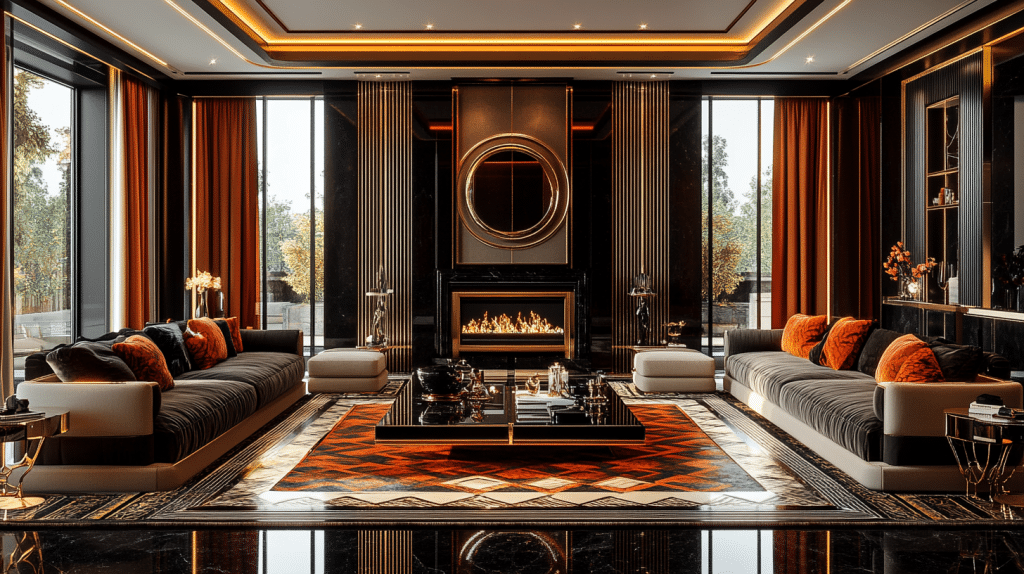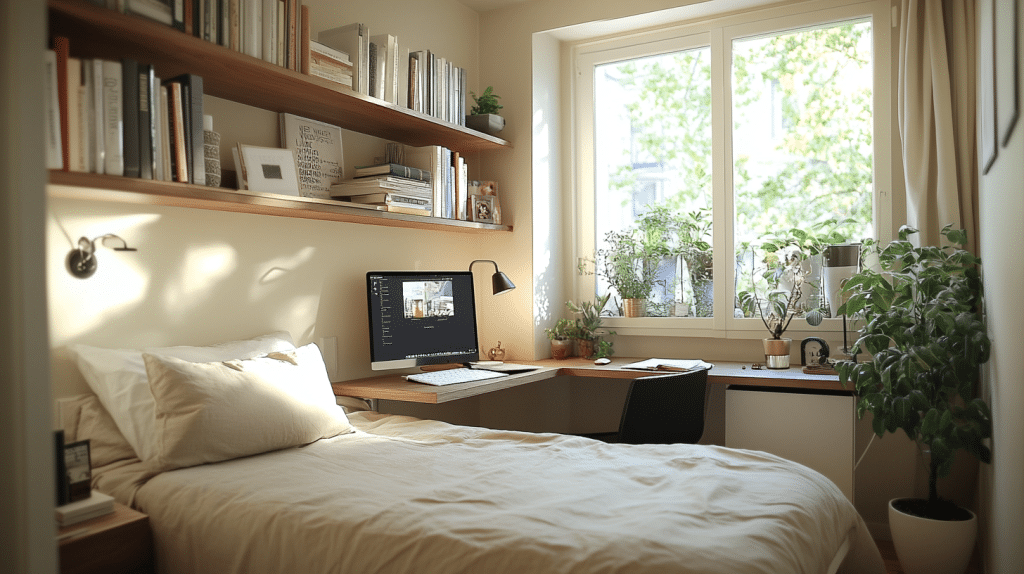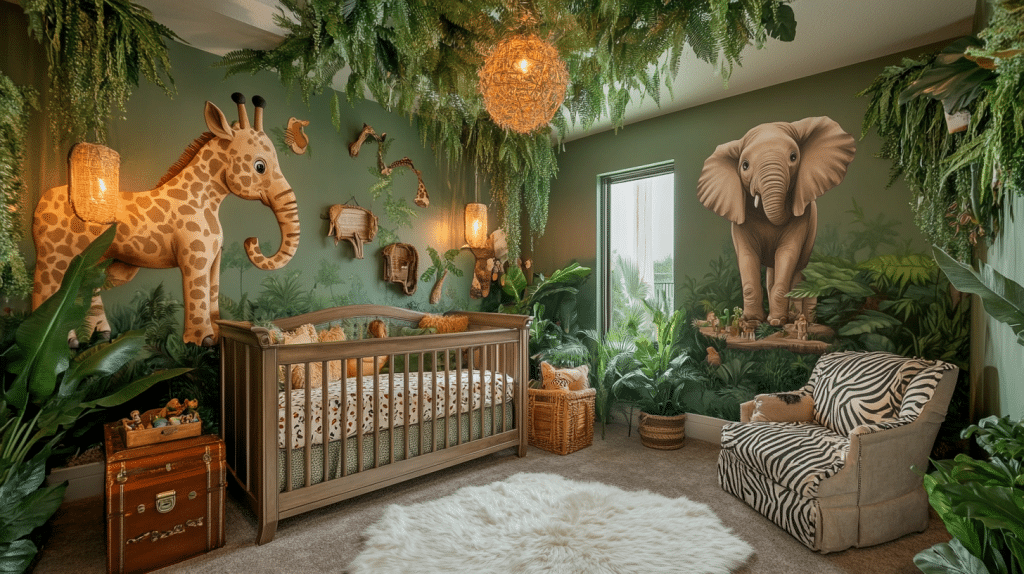What Makes Wabi-Sabi Art Unique?
Wabi-sabi isn’t just a painting style – it’s a whole vibe of accepting life’s beautiful imperfections. Think of it like that perfectly worn-in leather jacket or a coffee mug with a chip that makes it special.
The Essence of Wabi-Sabi Painting
Key Characteristics:
- Colors that whisper, not scream
- Textures that feel like they’ve lived a life
- Brushstrokes that dance, not march in line
- Materials that tell a story of time and wear
Your Wabi-Sabi Painting Toolkit
Materials You’ll Need
- Rough canvas or wood panels
- Earthy acrylic paints
- Texture mediums (sand, modeling paste)
- Natural elements (leaves, bark)
- Palette knives
- Sponges
- Patience (the most important ingredient)
Painting Techniques That Capture Wabi-Sabi Spirit
1. Textured Abstract Approach
How to Create:
- Mix paint with sand or texture medium
- Apply with your hands (yep, get messy!)
- Let imperfections shine
- Use soft, earthy colors like:
- Muted green
- Weathered blue
- Soft beige
- Warm terracotta
2. Nature-Inspired Collage Technique
Pro Tips:
- Press real leaves into wet paint
- Let natural textures emerge
- Don’t fight the accidents – celebrate them
- Use minimal brushstrokes
3. Kintsugi-Inspired Art
Remember how Japanese artists repair broken pottery with gold? Same concept here.
Creative Hack:
- Paint intentional “cracks”
- Highlight with metallic gold or bronze
- Symbolize beauty in brokenness
Step-by-Step Wabi-Sabi Painting Process
- Choose an imperfect surface
- Create a textured base layer
- Apply soft, muted colors
- Add natural elements
- Let accidents happen
- Highlight unique textures
Themes to Explore
- Weathered landscapes
- Minimalist florals
- Abstract water movements
- Aged object interpretations
Common Mistakes to Avoid
Don’t:
- Aim for perfection
- Overthink your strokes
- Control every detail
- Stress about “mistakes”
Do:
- Flow with the process
- Embrace unexpected results
- Connect with your materials
- Tell a story through your art
Where to Find Inspiration
- Pinterest wabi-sabi art boards
- Etsy handmade art collections
- YouTube tutorial channels
- Nature walks and observations
Final Thoughts
Wabi-sabi painting isn’t about creating a masterpiece. It’s about capturing a moment, embracing imperfection, and finding beauty in the unpolished and incomplete.
Your art doesn’t need to be perfect. It just needs to be yours.
Happy creating!

